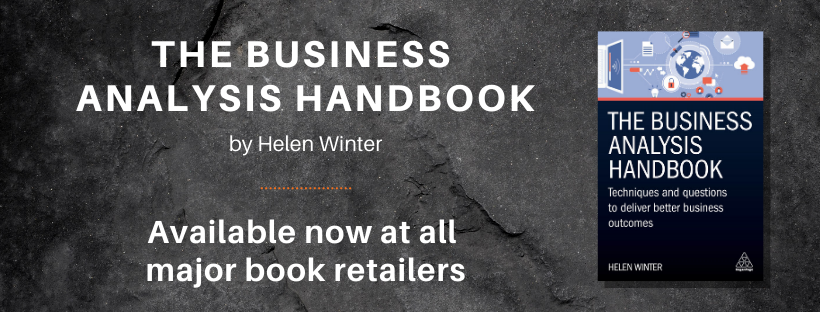
It can be more difficult to turn a project around if it is not defined accurately up front. The more we can do to ensure the project starts out in the right direction at the beginning the bigger chance of success. Some companies are taking a collaborative approach at the pre-project stage to ensure the real problems are identified up front.
Otherwise, a project could be defined that solves the wrong problem or does not tie back with the business objectives or success criteria. Another bad scenario could be getting so far with implementing a solution to discover that not all the right stakeholders were involved, and the complete solution cannot be implemented.
This article sets out additional activities pre-project that could benefit your organization if not currently in place:
- Identification of those involved in pre-project work and a look at what teams benefit from being involved
- Processes and documentation to define the problem and success criteria
Identification of those involved in pre-project work and a look at what teams benefit from being involved
An understanding of the current process when defining the scope before it becomes a project is necessary plus the roles and responsibilities of who is involved. This will help uncover whether other stakeholders could add value at these earlier stages that are currently or not currently involved. Here are some of the different roles that could have some involvement and why.
- Business relationship manager
Manages the relationship between the different partners. They will often be the first people engaged with the business to identify their needs. Their strength will be the relationships they have built up and a key person to liaise between different parties.
- Project manager
Normally involved to plan, organize and track a project. Their skillset however could be used to help estimate and initiate a project.
- Business architect
Has an understanding of organizational capability, business needs and solution capability. They are ideally positioned to be able to gain an understanding of what the business needs are and the options for resolving them.
- Business analyst
Will often conduct the analysis of business processes for improvement, define requirements and help to understand the problem and the solution. They can help facilitate workshops to understand more about what the business problems are.
- Enterprise architect
Having an enterprise perspective of the company and IT strategies they will understand the most appropriate solutions.
Once you know who is involved and who isn’t then an important to question to ask is when are each of these teams involved and is the timing of their involvement appropriate.
Processes and documentation to define the problem and success criteria
It is important to remember that we are talking about pre-project work. It should not be like a project. Some companies are known to time box to a maximum of 5 days effort to prevent overlap for when the project is started. Also, cross charging to other departments tends to not start until a project is kicked off so it is unlikely that teams will be willing to give up their time for free for large periods if they have charging utilisation targets.
Objectives will be:
- To ensure the change will resolve the right problem and not move the problem elsewhere
- To understand the success criteria, dependencies, constraints and needs that would impact possible solutions
- To agree the system boundaries and ensure they are in line with the enterprise objectives
- To enable an impact assessment to understand the size of the work and the priority
To find out more about identifying the problems and the techniques that can be used visit the following article: Understanding the problems, opportunities and its importance when initiating change projects.
To understand more about success criteria you can read about: The benefits of Key Performance Indicators (KPI’s).
Here are also more details for identifying project scope and estimating and planning to aid impact assessment.
Thoughts? Questions? Please share in the comments.
If you have found this article useful then you might like my book – The Business Analysis Handbook – Techniques and Questions for better Business Outcomes. The book is available from www.koganpage.com and all major print and e-book retailers.

